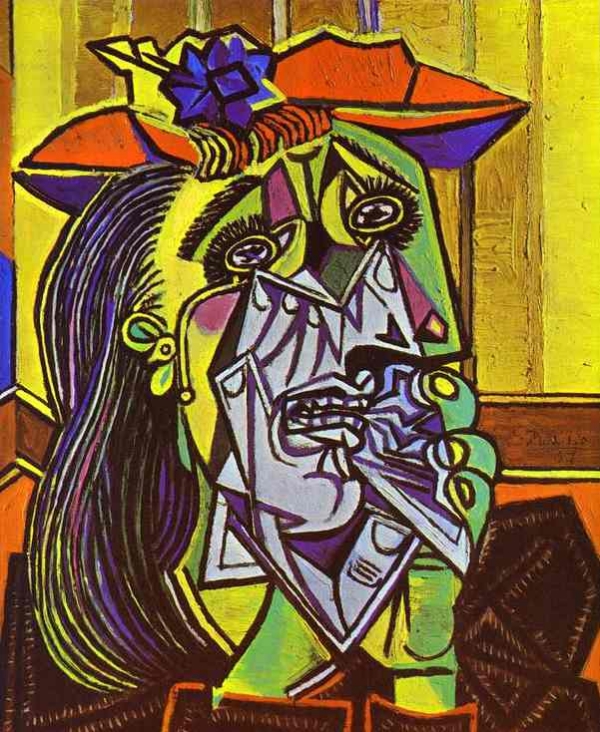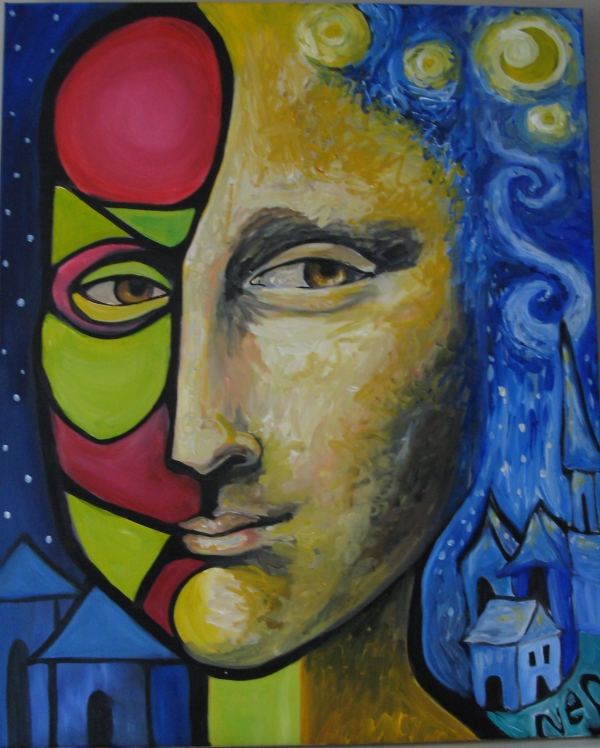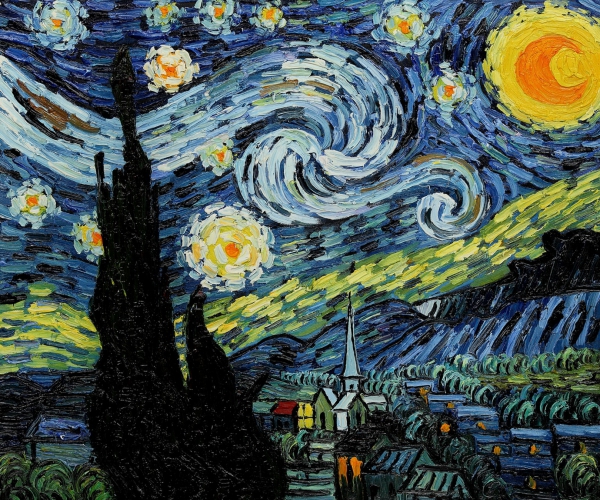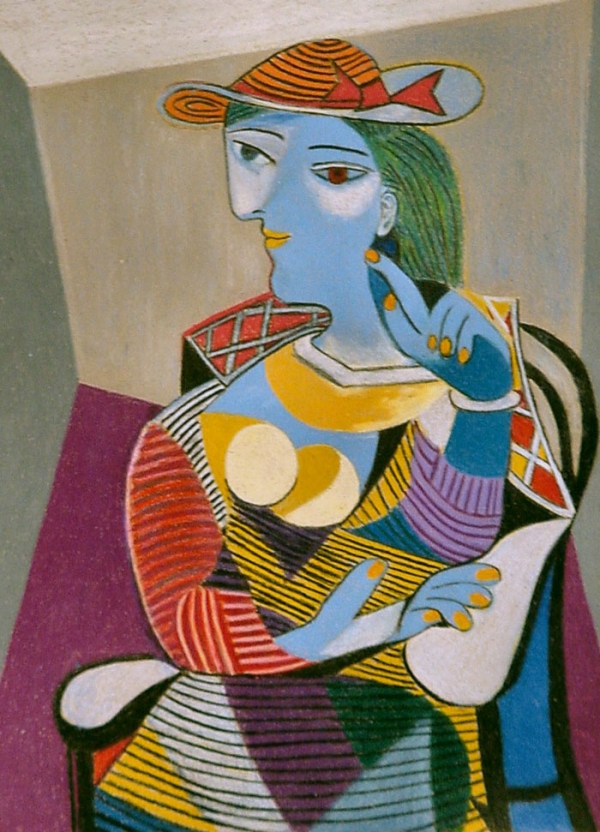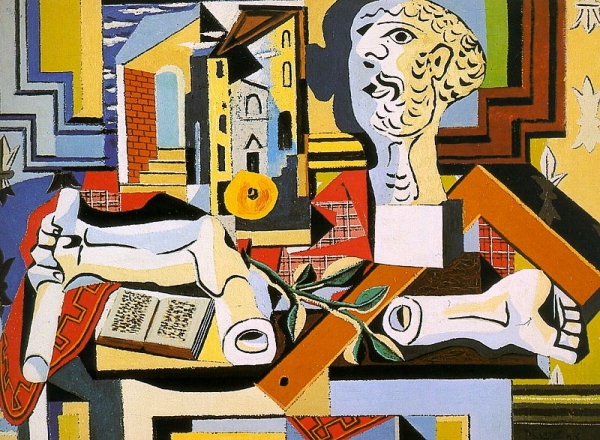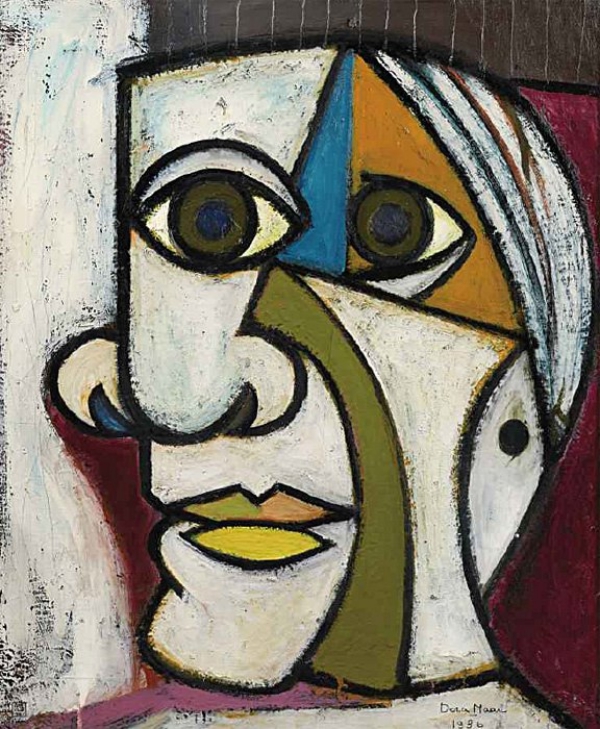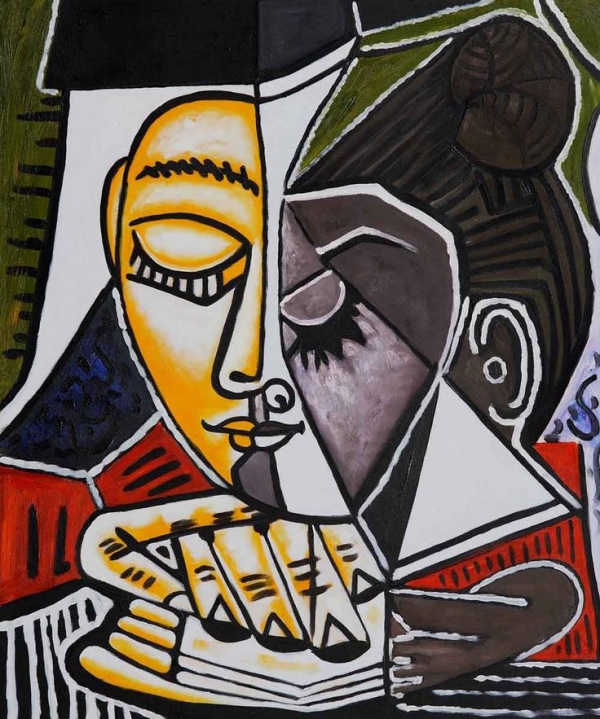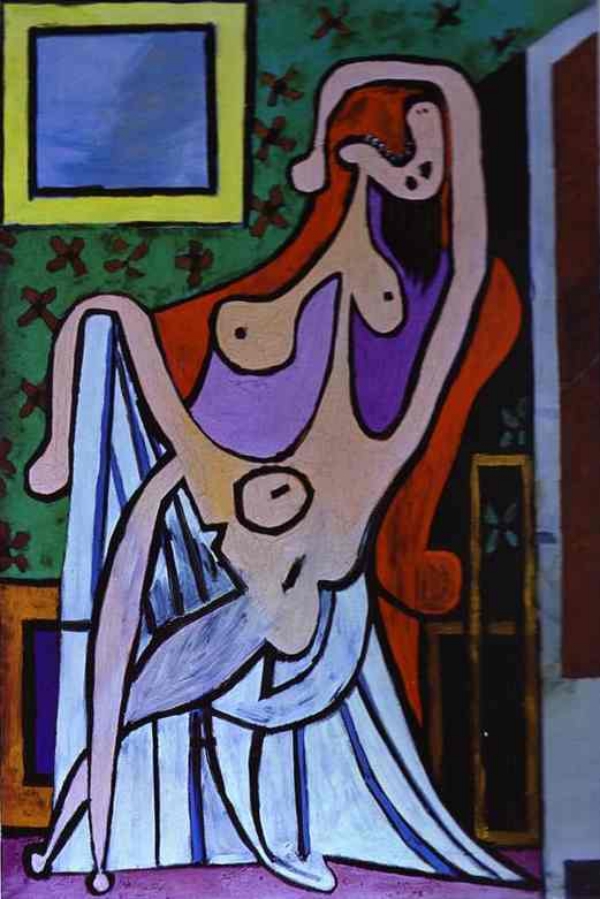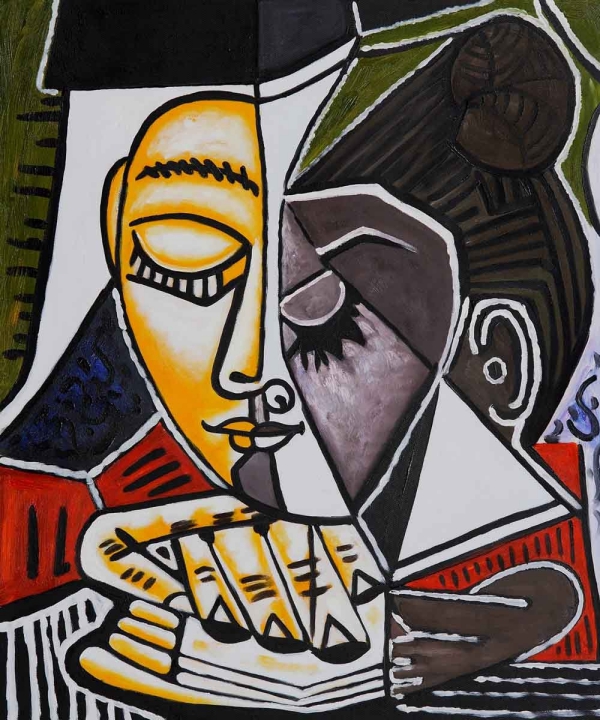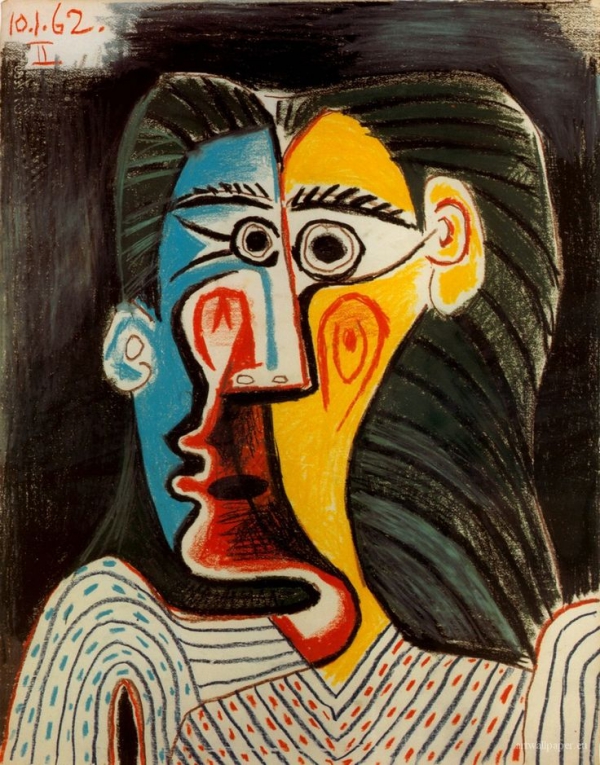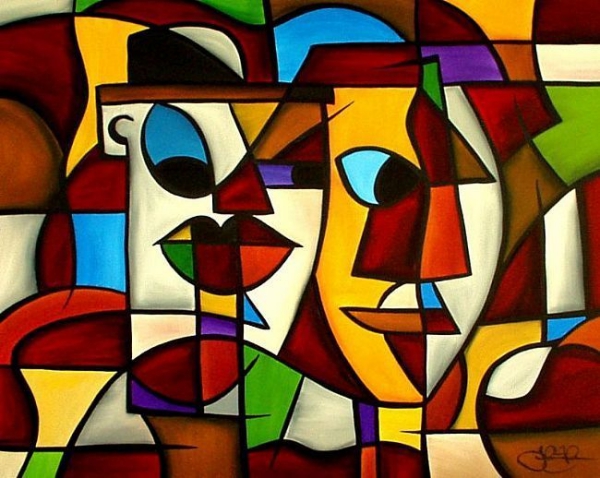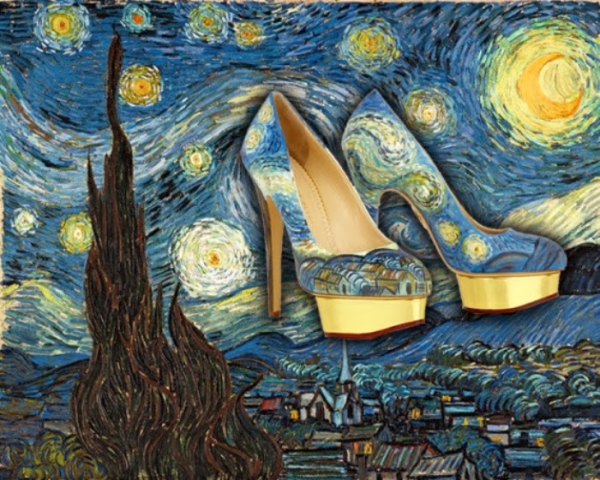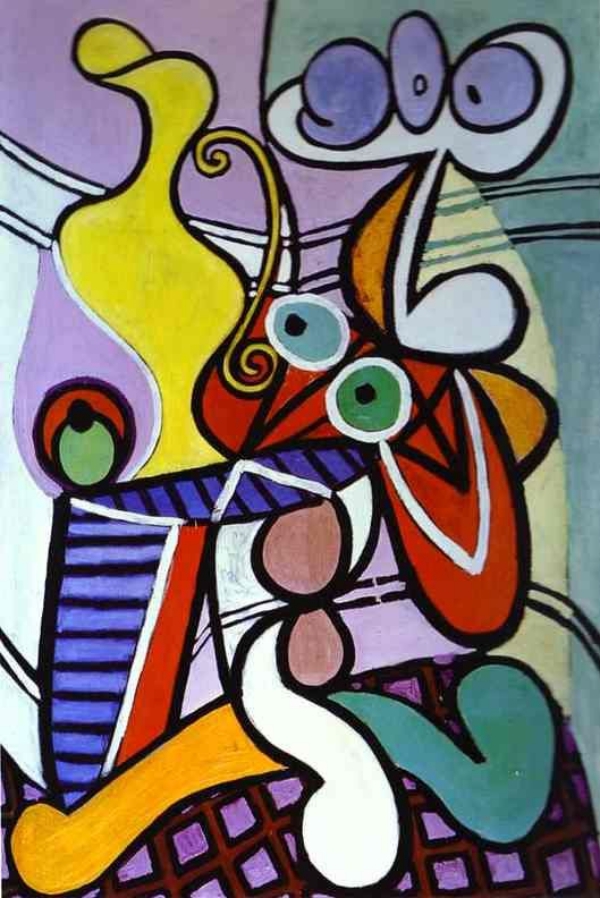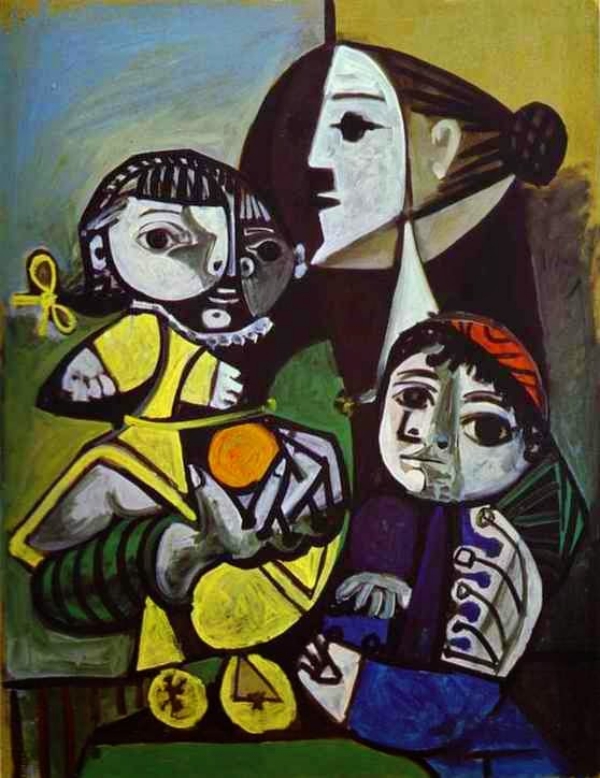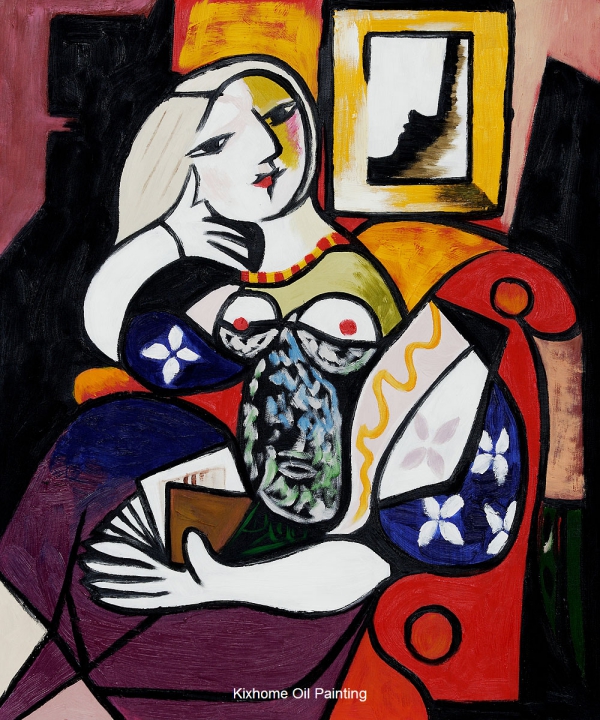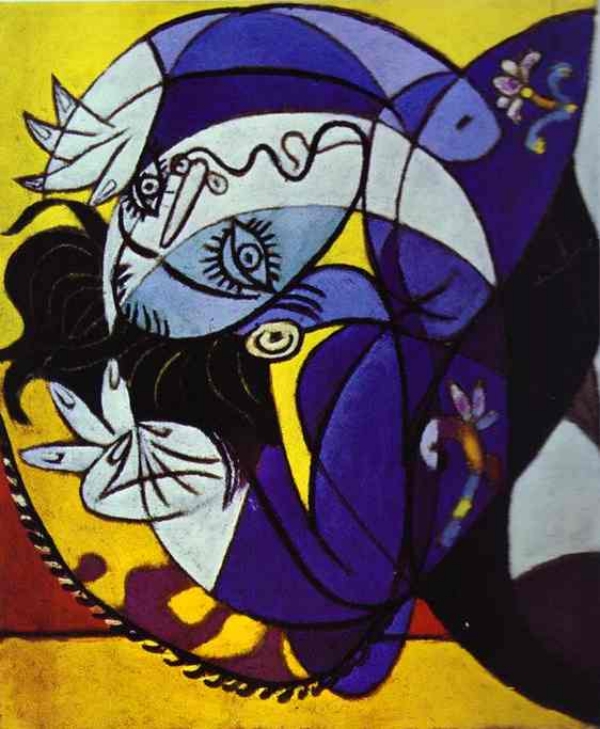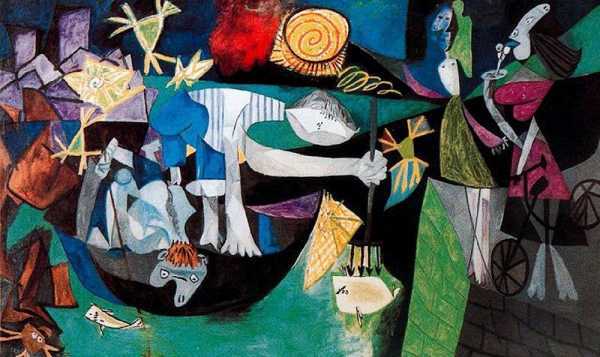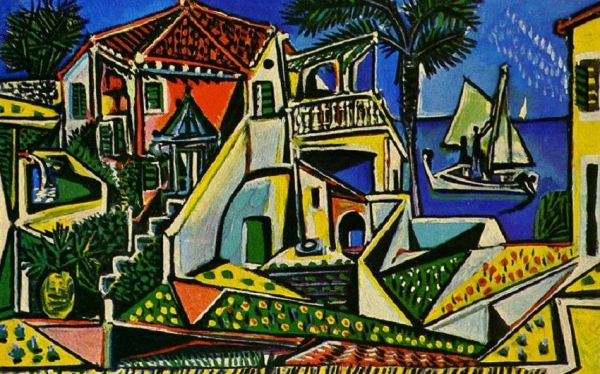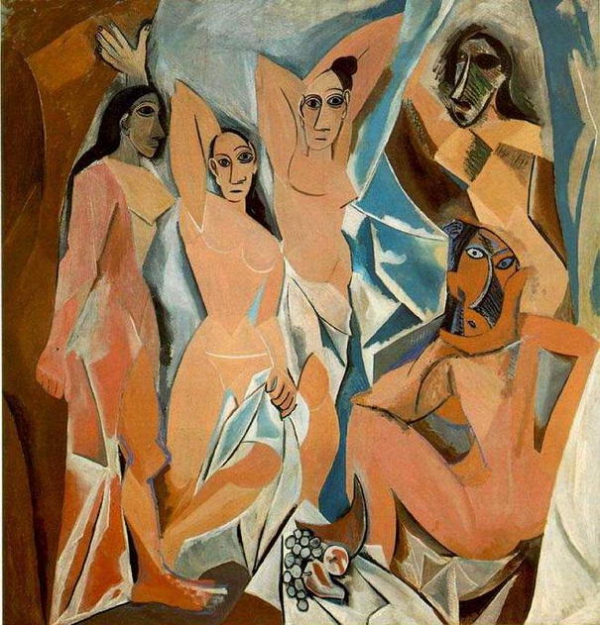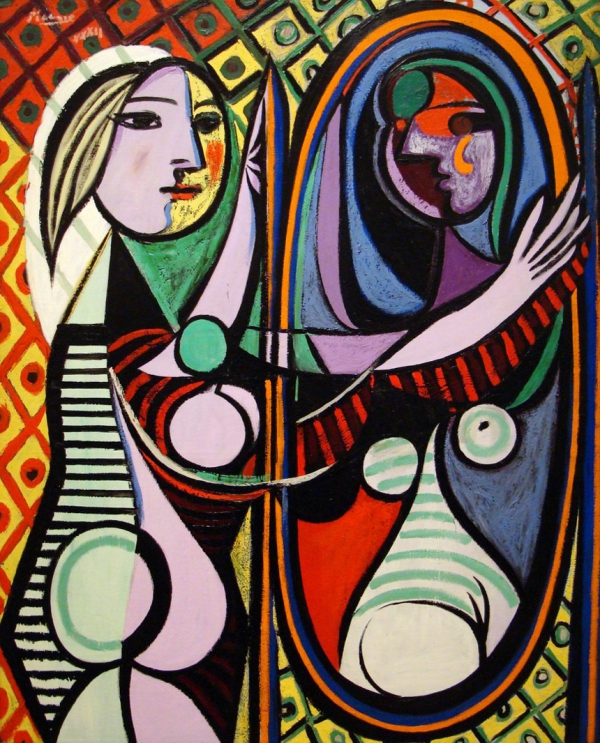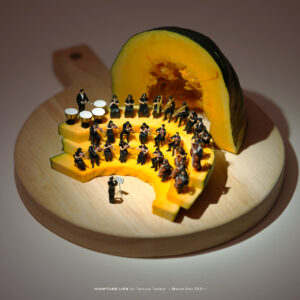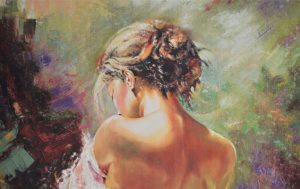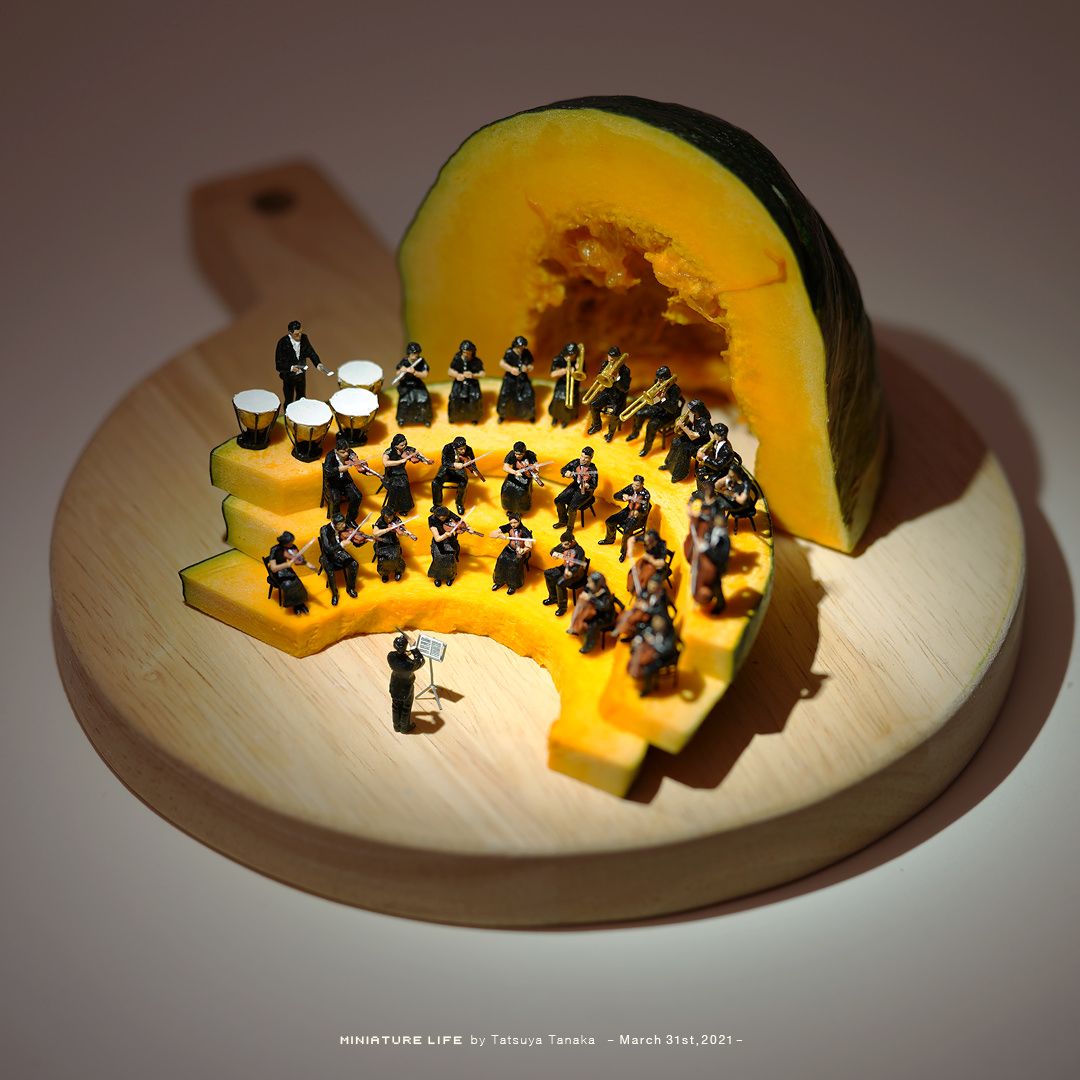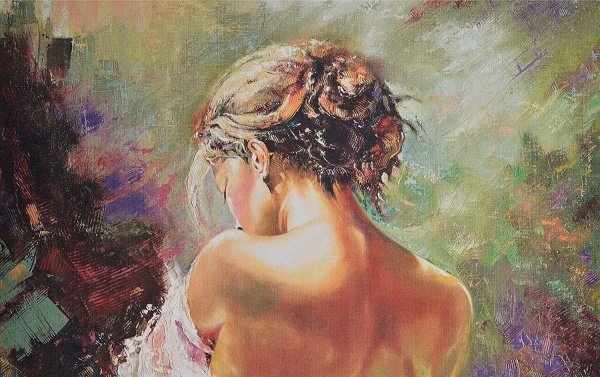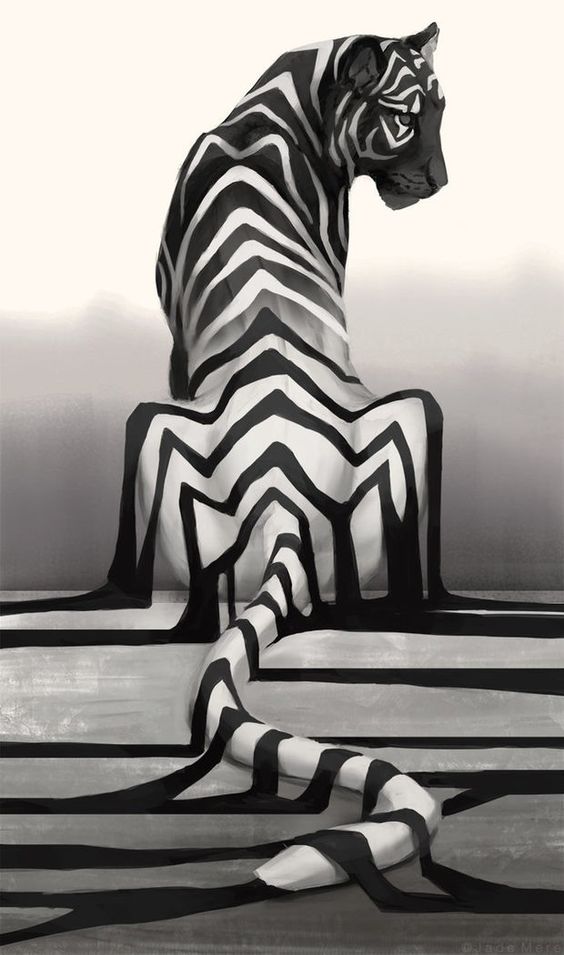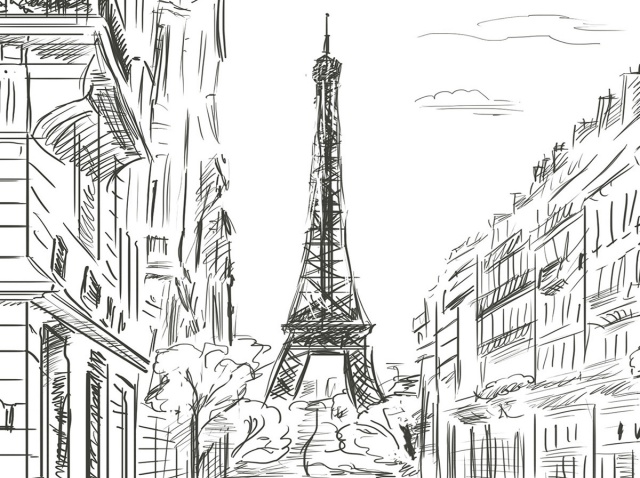Pablo Picasso – The most influential artist of 20th century who redefined the boundaries of artwork. Even if you are not that much into art, artists, and paintings, you must have heard the name and seen his paintings at least virtually, if not in reality. Picasso did pioneering work on Cubism, and was a force to reckon with throughout his life, not just for his works of art but also for his personal life.
While these paintings are quite famous across the globe, when you actually look at the all famous Picasso paintings, you may tend to feel lost or out of place because you may not be able to understand the depth of the paintings. If you are in a museum or some exhibition looking at the astonishing work by Picasso and trying to figure out what does the painting want to depict but you are getting nowhere? In order to understand what the art is all about, first fathom these enlightened methods to alter your observing skills telling How to Understand a Picasso.
How to Understand a Picasso
The Initial Reaction
Not just a painting by Picasso, but also any other painting for that matter – it is important to gauge your initial reaction to it. Just start out with the obvious. What do you see when you look at the painting? What are the objects on it? What are the colors used? What is the painting depicting, according to you? Dividing the painting into significant and recognizable parts as to let your mind create a story is the starting point of how to understand a Picasso.
The Content and the Context of the Painting
Most of Picasso’s paintings depict something or someone, or a scene of some kind. So the next step towards understanding his work is to go a little deeper into what is he showing through his work. For example, in the painting The Night Fishing at Antibes, Picasso shows a man fishing in the river with a spear at night, with two women on the opposite side or in Guernica, he tells a moving story about the Spanish war. Who could have guessed it at first stance?
The Art Form Picasso Used
Once you have a basic idea of what the painting is all about, it is time to think about the art form he has used. Picasso used cubism, surrealism and primitivism in his work. His involvement with Cubism led him to invent the collage, where he showed a picture as an arrangement of signs that used different or metaphorical means to refer to objects in the world. His encounter with surrealism influenced his portrait of his mistress Marie-Therese Walter, as well as Guernica, which was his most famous anti-war painting. The perception is not a point while Picasso painted something. The key point to keep in mind is that character is put on canvas not as it is remarked but the way it is visualized.
The Historical Angle
When you look at the work by Picasso, you cannot afford to ignore the historical situation of his time, which influenced one of the most famous paintings done by him, Guernica. Guernica is a full sized mural stretching over 25 feet long and standing more than 11 feet high. It depicts the bombing that happened at Guernica, a town in Northern Spain and shows the brutal side of the war. His other work, Les Demoiselles d’Avignon that shows female prostitutes in aggressively sexual postures, refers to many past precedents, and also mocks the conservative nature of his time – nude paintings were not uncommon but depicting sexual posturing was. History certainly provides it clues on how to understand a Picasso.
The Personal Angle
As a colorful personality and a prolific artist, it is but quite natural, that his paintings would have a personal angle to them. He used people, events, situations, in his life as objects for his painting. Often when analyzing a painting, it might give a hint of what was happening in his personal life, when you look closely at his work. Missing out the big piece of understanding and being aware of what was going on into the artist’s life will lead to nowhere in grasping the painting by Picasso. Looking at the painting of Night Fishing in Antibes, you may want to observe the ladies. The first lady standing in the closer proximity in a charming pose with arms opened while the other is too cool to mind and licking her ice cream. These two ladies are more likely to epitomize his Wife Olga and his two mistresses Maria Therese Walter and Dora Maar. And the man may be the Picasso himself or some deeper version of him. When looking closely at Night Fishing in Antibes, the fact that Spain was lost and his mother had died recently could be seen as influences on his work.
Picasso’s paintings are complex subjects, and cannot be interpreted or analyzed with just a casual look. But closer study of the works of art does provide hidden meanings and connotations that lead you toward a better place in how to understand a Picasso.

